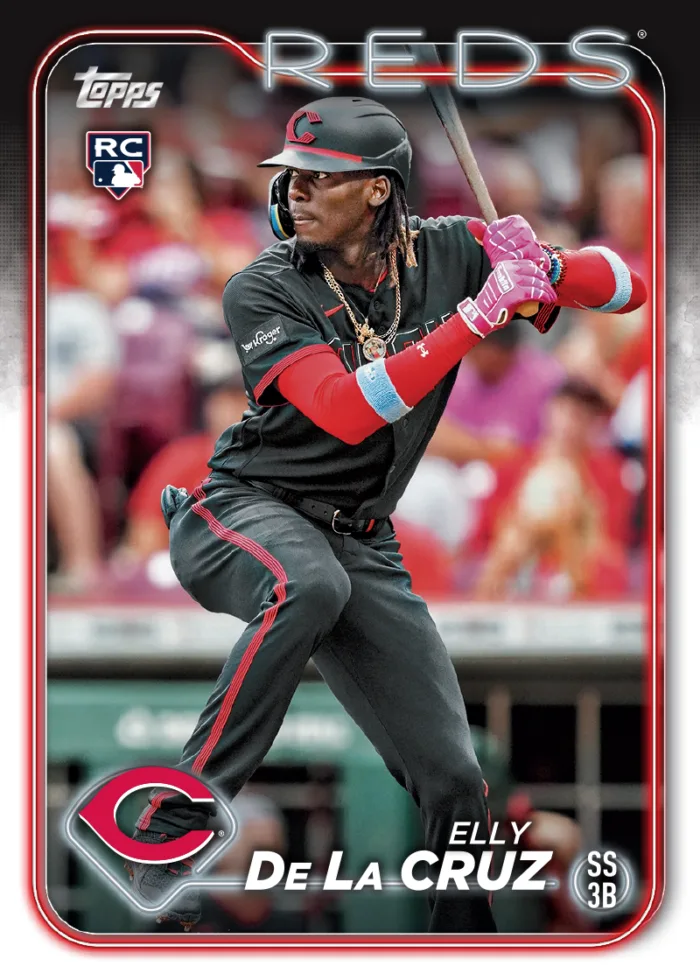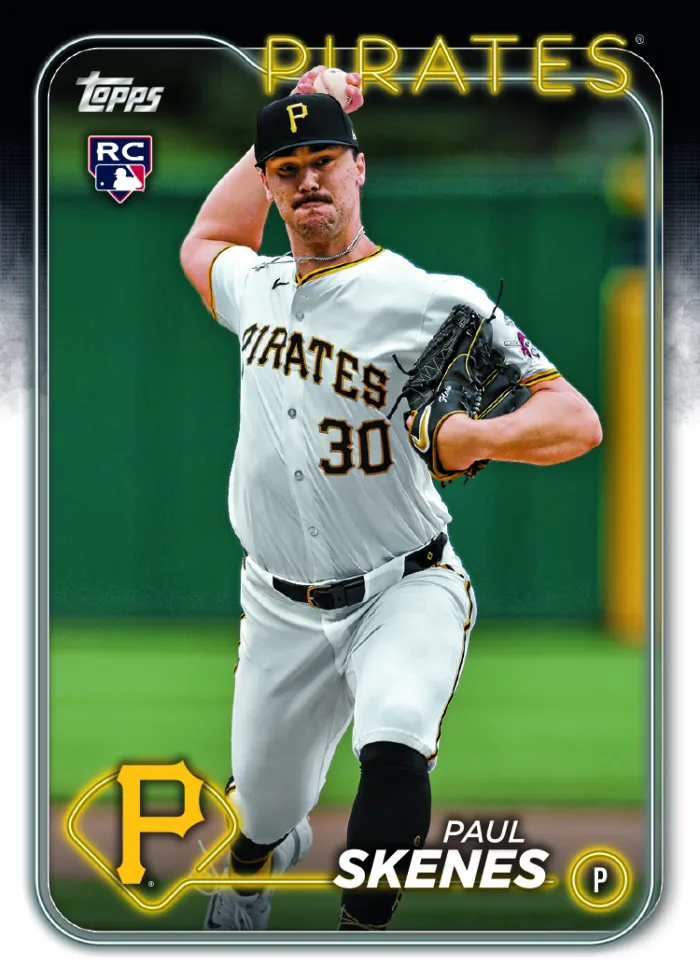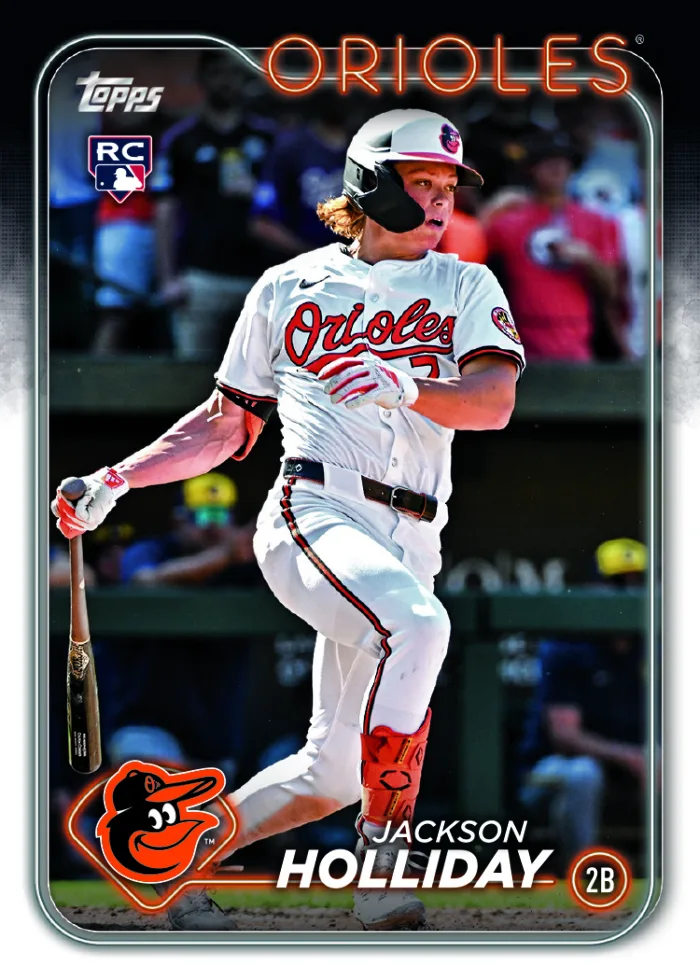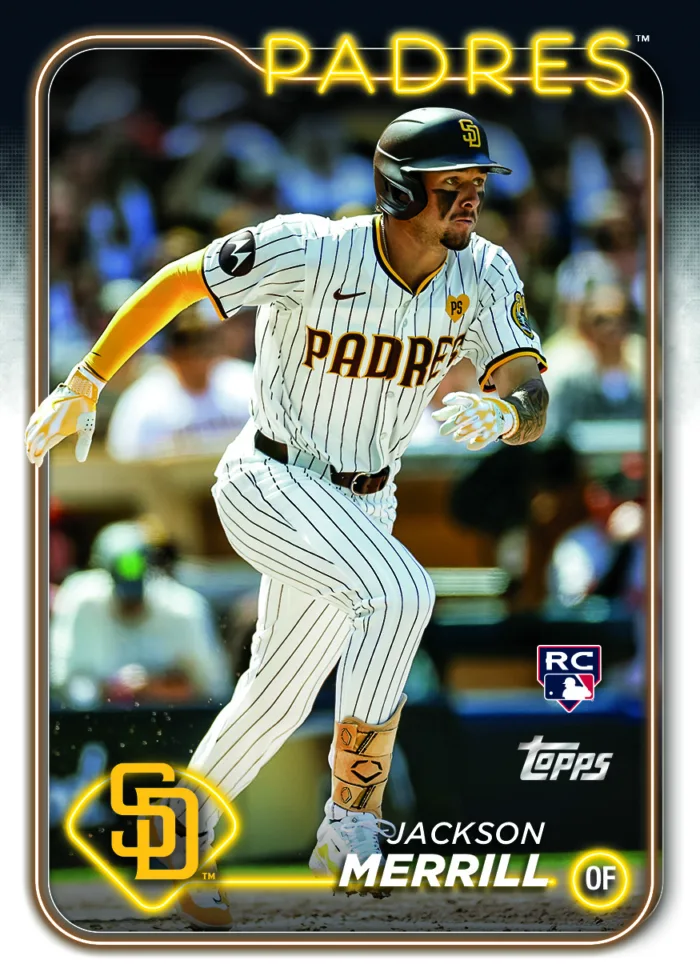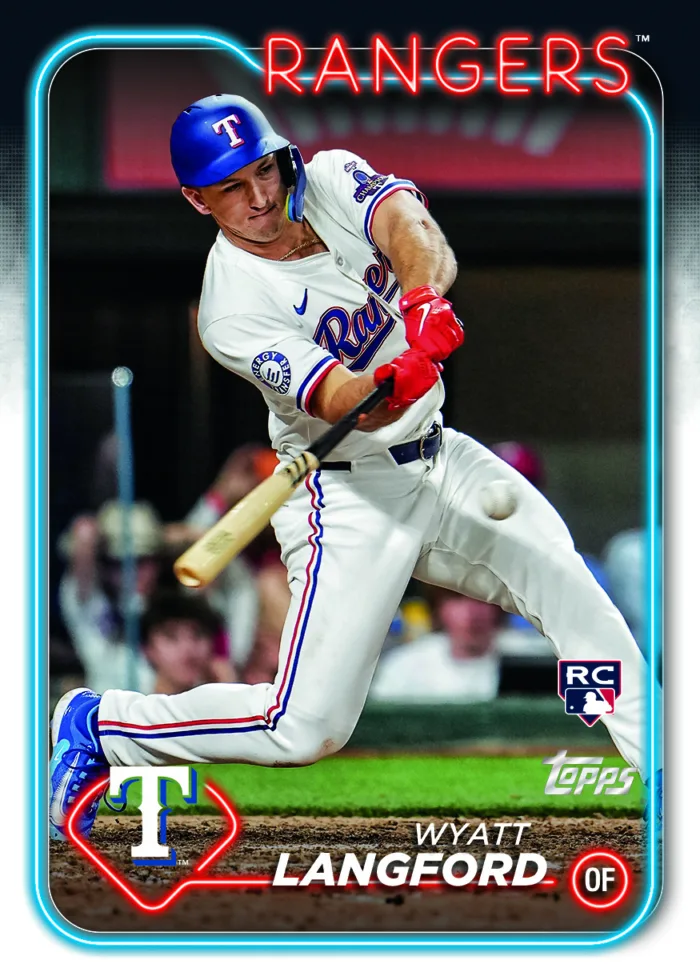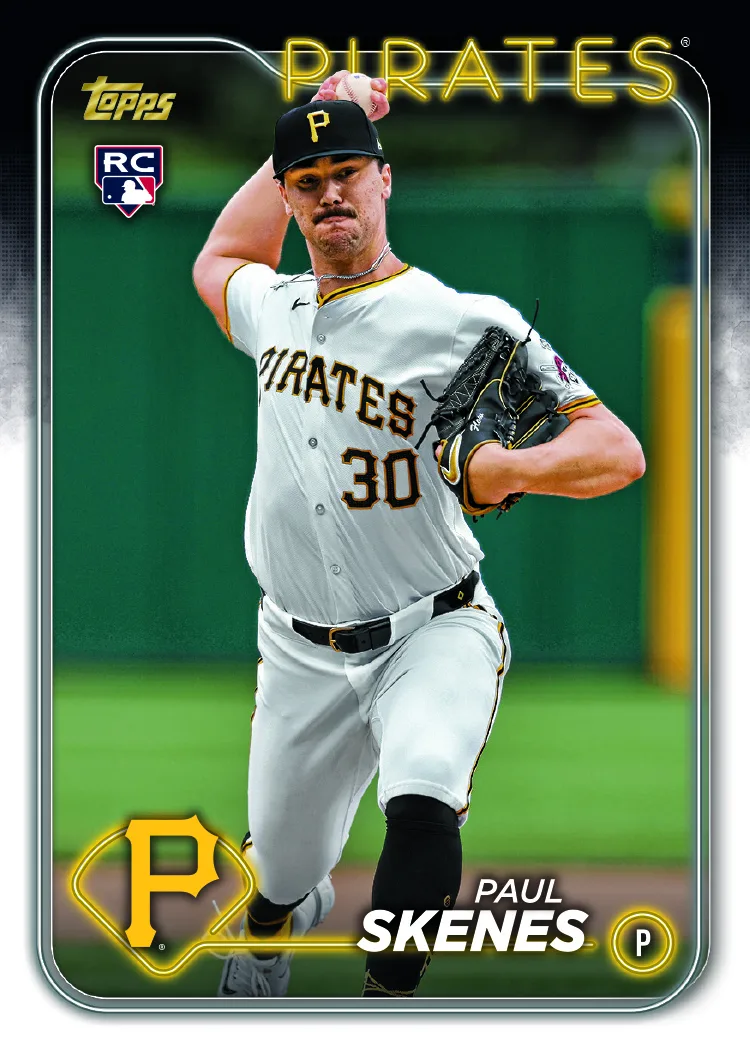
What’s a Rookie Card?
You know what’s cool these days, in both life and The Hobby? Effortlessness. Authentic people and things are more enticing…and amen! Authenticity is a welcome change for somebody like myself who works in sports entertainment. I became more successful when I stopped trying so hard and embraced my unapologetic, authentic self. After all, there’s no need to hide behind bullshit when you’re built on good bones. In my opinion, that’s why baseball rookie cards are the mecca of all collectibles – they’re effortlessly cool.
The RC doesn’t try to be anything more than what it is; it doesn’t need to. It will never go out of style: no-nonsense, no frills, organic, timeless. Every kid dreams of being on one – those kids grow up to be adults who keep dreaming of being on one – I’m one of those adults. We can all take a page out of the RC’s book. Why? Because they say less and do more. It doesn’t need to hide behind the fancy stuff. That’s why they’re so desirable. That’s why we’re chasing them. We’re allured by their effortless coolness. Ironically, as simple as a rookie card is, the process behind making one is quite complex. Also, it’s shocking how many hobby veterans and novices don’t know much about it either. Don’t worry, people, that’s why I’m here!
I went straight to the source and interviewed Topps Baseball Director of Product Development Jeremy Fullerton and Product Manager Ryan Hickey. Thanks to their knowledge, I’m going to provide an MLB Crash Course on baseball RCs. So check it out. I promise that after reading, you’ll sound effortlessly cool when talking RCs.
What’s an RC? | How Does an MLBer Get an RC? | Production Timelines to Make an RC | Topps Monitors Players’ Debuts | Product Cutoff Dates for RCs | Where Can You Find RCs? | Flagship RCs vs 1st Bowmans | What is a Player’s “True” RC?
What’s an RC?
A player’s first professional baseball card after they make their MLB debut. These are designated on a card with a rookie card logo on it—the little “RC” stamp that you’ll find in the corner of modern-day baseball cards.
How Does an MLBer get an RC?
The bad news is that the odds of playing in an MLB game are almost insurmountable, but the good news is that if you’re somehow talented enough to make it, getting an RC isn’t too difficult once you do. A player just needs to make an appearance in an official game in order to get an RC. So, if they have one at-bat, play one out in the field, or throw one pitch, it counts—as long as it’s registered as an official game. At least five innings need to be played in order for a game to be official.
Production Timelines to Make an RC
The most complicated part about RCs is figuring out which product a player’s RC will be released in. Most assume a player’s RC always comes out in the product designated for their rookie season, but that’s obviously not the case. It typically takes about 50 weeks to go from design concept to produced card to hobby store shelf, which means production timelines dictate the release schedule. The decision on which product the RC will live in ultimately depends on whether their MLB debut happens before the production cutoff for that specific product. Topps needs a certain amount of calendar days to produce, print, and get the cards into packs for that calendar year.
This is an extremely fluid situation because a prospect can be called up to the big leagues at any point during the 162-game season. Topps’ number one goal is to get the player in the earliest release possible, as long as the quality of the product doesn’t suffer.
“If he makes the opening day roster, it’s our goal to get them into any and all places for that year,” Hickey said. “But if his debut falls into June or later he may or may not miss the cutoff date for that calendar year.”
Topps Monitors Player Debuts
Topps does its best to monitor the call-ups even though it’s impossible to judge when players will make their exact debuts. They keep real-time surveillance just like everyone else but with guidance and help from the MLB, the MLBPA, and other MLB transaction accounts. This helps them decide what’s physically possible and what makes the most sense for the overall product line.
Product Cutoff Dates for RCs
After Topps captures some of the early season call-ups, they can determine the deadline. Usually, a player gets called up around the April or May window. If that’s the case, then Topps can get them into the product for that current year. However, it’s an extremely tight window with little room for error. If a player’s debut happens in June, most likely he will not be in that calendar year’s product. They aim to hit either Topps Baseball Series One or Topps Baseball Series Two.
Where Can You Find RCs?
An RC can live in one of three Topps Flagship series products: Topps Baseball Series One, Topps Baseball Series Two, or Topps Baseball Update Series. It’s important to note that cutoff dates for all three products change from year to year. This is very confusing, even for me sometimes!
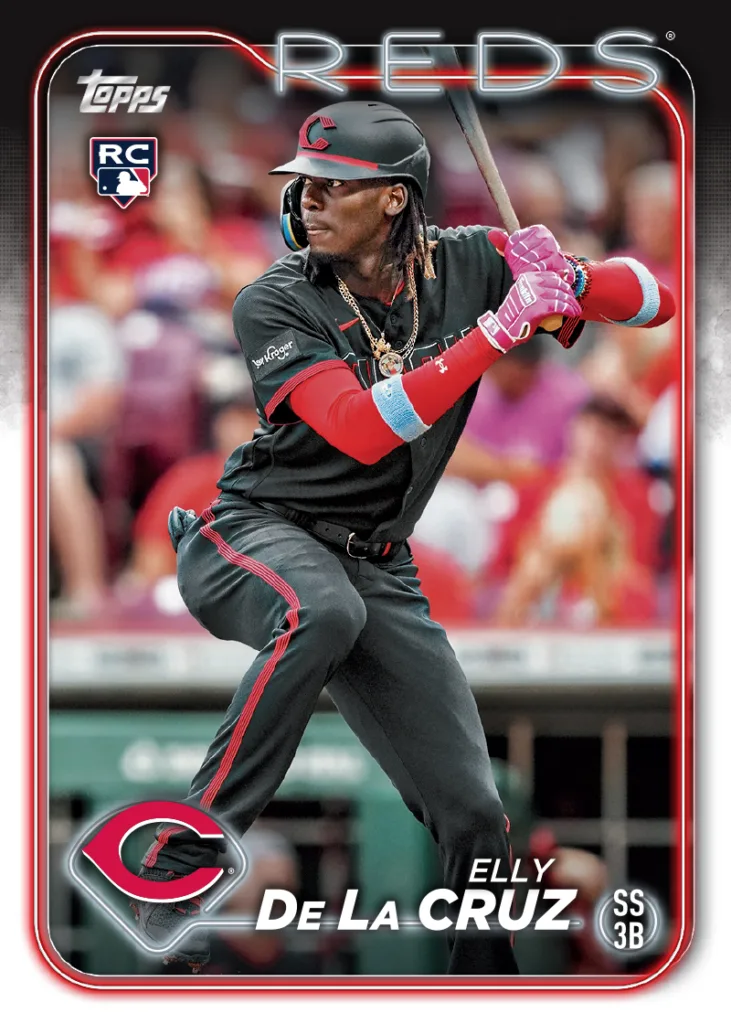
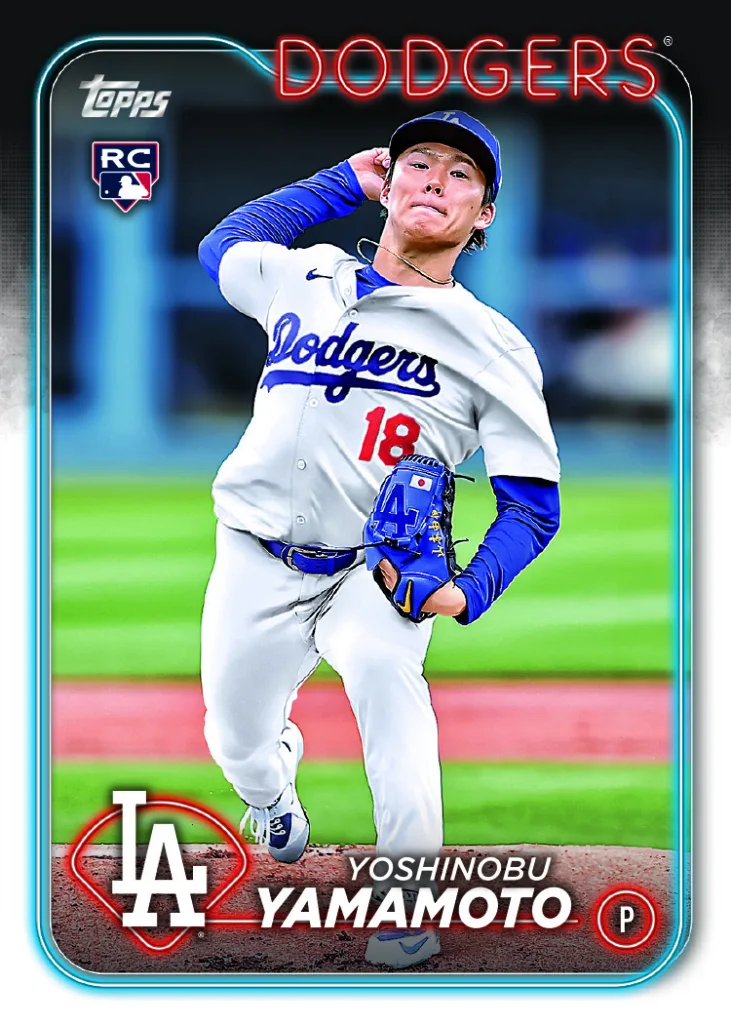
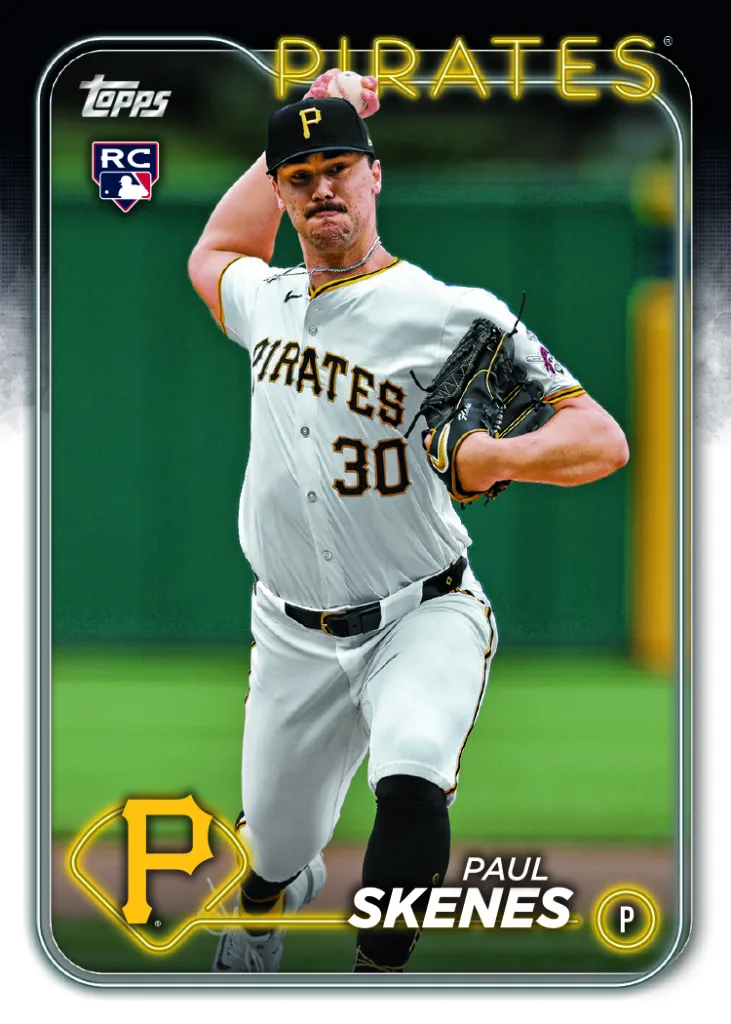
2024 Topps Series 1
• Players who make the opening day roster or who get called up in April or May (of the season before)
2024 Topps Series 2
• Players that get called up towards the end of the season: September, playoffs, international signings (of the season before)
• Series Two will also have some of the guys who debut in April and May, depending on production timelines.
2024 Topps Update Series
• Covers Player Movements within the first half of the season
• Sometimes VIP players who make their debut earlier in the season will get their RC in Update Series of the same calendar year. This depends on what’s the best possible outcome for the overall product.
Flagship RC vs 1st Bowman
I’d be remiss if I spent all this time educating you on RCs, and didn’t bring up 1st Bowman cards. A player gets a 1st Bowman card before their official Flagship RC. This is the legit first time they appear on a card as a professional prospect. That’s why they’re designated and stamped with “1st Bowman.” On 1st Bowman cards, the player is shown in the uniform of the pro team that drafted them.
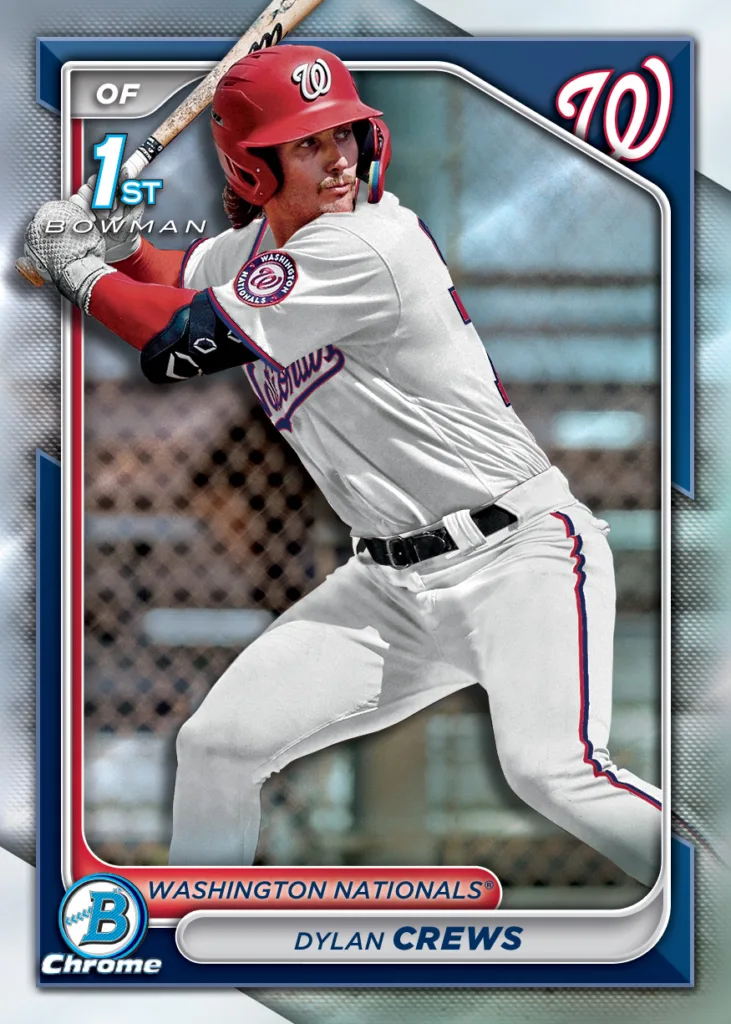

What is a Player’s “True” RC?
This is truly a sensitive subject within the hobby. Some say 1st Bowmans are the true rookie cards. Others will say it’s not a true RC until “you see that little RC logo” in the corner. What exactly constitutes the “true” rookie card really depends on the collector and whatever tickles their fancy.
You can argue that the first time a player appears on a card should be considered their true RC because it’s the first time we see the player in their pro-team uniform. The counterargument is that a true RC should be reserved for a player’s first card after they’ve played in the big leagues. Whatever your opinion – there’s no arguing the importance of a 1st Bowman card – especially if you value prospecting as much as I do.
